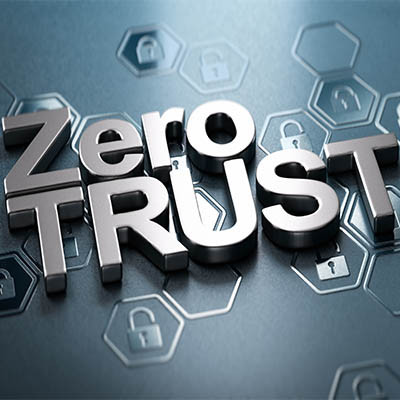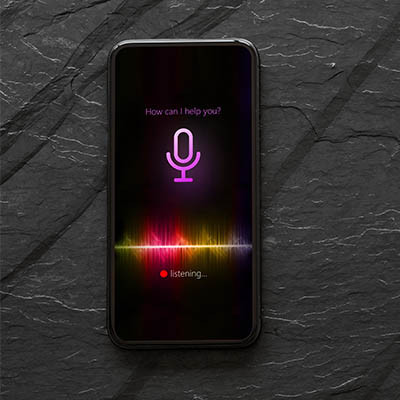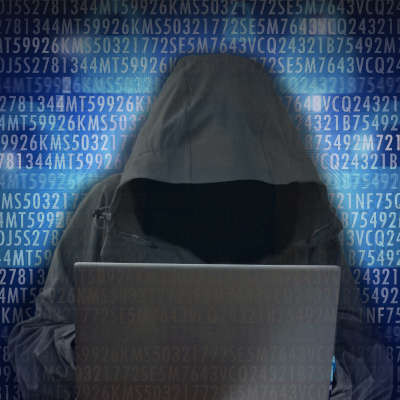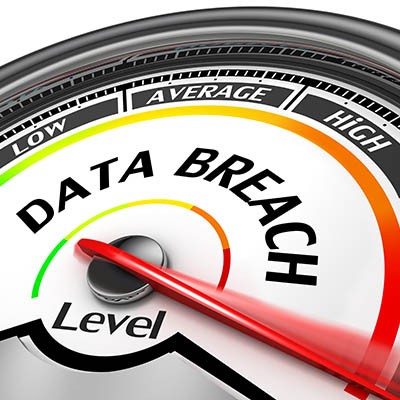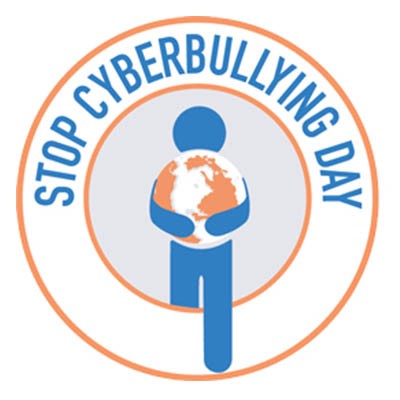Artificial intelligence, also known as AI, is already used in certain industries, like cybersecurity and automation, but hackers have quickly found out that they too can leverage AI to their advantage. With cybercrime on the rise, it’s expected that AI will play a role in the cybersecurity landscape to come. Let’s take a closer look at some of these trends.
BNMC Blog
We know that cybersecurity isn’t the most interesting topic in the world, especially for a small business owner, this doesn’t diminish its importance. If you fail to adequately protect your business, even a low-profile SMB can fall victim to a cyber threat. It’s your job as the business owner and thought leader to make sure this doesn’t happen.
When it comes to network security, businesses need all the edges they can get, especially since cybersecurity as an industry is one which is rapidly adjusting and responding to various threats, as well as their responses to those security measures. One way in which security researchers have attempted to subvert this security rat race is through artificial intelligence measures, a trend that promises to change the way businesses protect themselves for the better.
In a zero trust network, you trust nobody, no matter how long they have been around or how invested they are in your organization’s future. Everyone’s identity on your network must be verified, a concept that has been quite helpful in limiting data breaches. Today, we are going to discuss the National Institute of Standards and Technology’s definition of zero trust and what they recommend to businesses wishing to implement it.
Authentication is one of the most important topics on the table for discussion this year, particularly in regards to how the need for secure data access has been increased considerably during the COVID-19 crisis. How can you make sure that your data is being accessed in a safe and secure manner while also verifying the identity of whoever accesses it? Voice-based authentication might be one option.
The 2020 hack of SolarWinds saw a major disruption of the supply chain for many organizations around the world, including the U.S. government, but a recent survey shows that these organizations have felt varying degrees of effects from the hack itself. Furthermore, many have taken the hack as evidence that further information sharing must occur if we are to ever take the fight to cyberthreats.
BNMC is still very concerned about this attack and we are closely monitoring our existing systems as well as updates from both Kaseya and our other security vendors. Our other system vendors, including N-Able, ConnectWise Manage and ITGlue have temporarily cut their systems ties with Kaseya in order to safe guard from any possible issues from this attack.
We will keep you updated if anything new develops with this Cybersecurity issue. Please reach out and contact me with any questions or concerns.
One of the most terrifying situations your business can encounter is when it’s clear that you’ve been hacked. It can cause extreme anxiety regardless of what size of a business you run. The most important thing is to know how to react to mitigate the damage to your business’ network and reputation. Let’s go through a few steps you need to take if you’ve been hacked.
Running a business of any size comes with more than its fair share of risks, particularly if that business is on the smaller side. One major risk factor is the prospect of cybercrime and the impact it can have on a business. Let’s look at how this particular risk can influence the challenges that businesses must now contend with.
For the small, but growing business, there are a lot of risks that could potentially harm their ability to stay in business. One of those risks comes in the form of cybercrime. Over the past several years, small and medium-sized businesses (SMBs) have improved the ways in which they combat cybercrime. Let’s take a look at some of the problems SMBs have to deal with.
On December 10, 2020, the Joint Cybersecurity Advisory (coauthored by the Federal Bureau of Investigation (FBI), the Cybersecurity and Infrastructure Security Agency (CISA), and the Multi-State Information Sharing and Analysis Center (MS-ISAC)) issued a major “Cybersecurity Advisory” to the K-12 community. This advisory reports that cyber actors are targeting kindergarten through twelfth grade (K-12) educational institutions, leading to ransomware attacks, the theft of data, and the disruption of distance learning services. Cyber actors likely view schools as targets of opportunity, and these types of attacks are expected to continue through the 2020/2021 academic year.
These issues will be particularly challenging for K-12 schools that face resource limitations. Educational leadership, information technology personnel, and security personnel will need to balance this risk when determining their cybersecurity investments. As you review this Advisory, K-12 schools should be thinking about how they are protecting their students online and verifying they have the proper CyberSecurity controls in place. It is not good enough to just have the basics of firewall protection, anti-virus and endpoint protection and anti-malware controls. Now, we need to have Enterprise class Backup and Disaster Recovery solutions (to protect against RansomWare), Security Awareness trainging for all staff and even students, proper use of Video Conference controls and security and how to best beat Social Engineering attempts.
The Advisory document lists a series of Best Practices at the end of the document. For further information, contact your BNMC representative or reach out to us to discuss how to better protect your school or business.
This year, the main focus for business owners has been how to conduct business with a global COVID-19 pandemic. The public health crisis has created opportunities for scammers and hackers, and they’ve responded. One could say that there is a flourishing cybercrime pandemic as the past twelve months has seen a 50 percent increase in lost revenue over the second-highest period on record. Let’s take a look at COVID-19-era cybercrime and how it’s just getting worse as the pandemic rages on.
There are many security buzzwords that come into play when the technology available to help secure a business is discussed. The problem is that many of these buzzwords sound great but are actually very poor fits to the real needs of most small and medium-sized businesses. Let’s consider how these buzzwords play into the concept of “security theater” and how this can impact businesses negatively.
A lot has been made recently about cybersecurity, and for many people it has caused them to alter the way they go about doing things. With more people more cognizant of their individual data privacy, and how to combat phishing and other social engineering attempts, you’d think major data breaches would be snuffed out regularly. It only takes one person, however, to fail to be vigilant for it to negatively affect a whole organization.
Innovation has always been a major part of building better solutions, but some of the most recent trends have been in regard to enhancing security. Adapting to the threat environment is one of the most important parts of running a business, so innovation has been geared toward giving users and organizations alike the security they need. That being said, a lot can change in a short period of time. Let’s take a look at some predictions for how security will change in the near future.
As technology has evolved, so have our capabilities of using it. While this has led to great improvements in how we can live our lives, it has also made it much easier for us to torment and harass one another. This is a huge problem, and growing, so it is important to know how to take a stand against it - both at home, and in the workplace.
Zero-day threats are some of the most dangerous ones out there. What we mean by “zero day” threats are those that have been discovered by hackers before an official patch has been released by the developers, giving them exactly zero days before they are actively exploited in the wild. One of the more dangerous zero-day threats out there at the moment is one that takes advantage of Internet Explorer.
Cybercrime is the fastest growing criminal activity in the world. From the largest enterprise to the individual, it can affect anyone, anywhere. To help ensure the cybersecurity of American citizens and their businesses, the Department of Homeland Security (DHS), United States Computer Emergency Readiness Team (CERT), and the Federal Bureau of Investigation (FBI) and other agencies work together every October to raise awareness about the threats people face online through a series of educational events and activities.
While you are probably spending a fair amount of time thinking about your business’ security, can you confidently say the same about those that you’ve employed? Unfortunately, your workers may not put much thought into network security. This could very possibly lead to some severe issues potentially harming your business operations.





